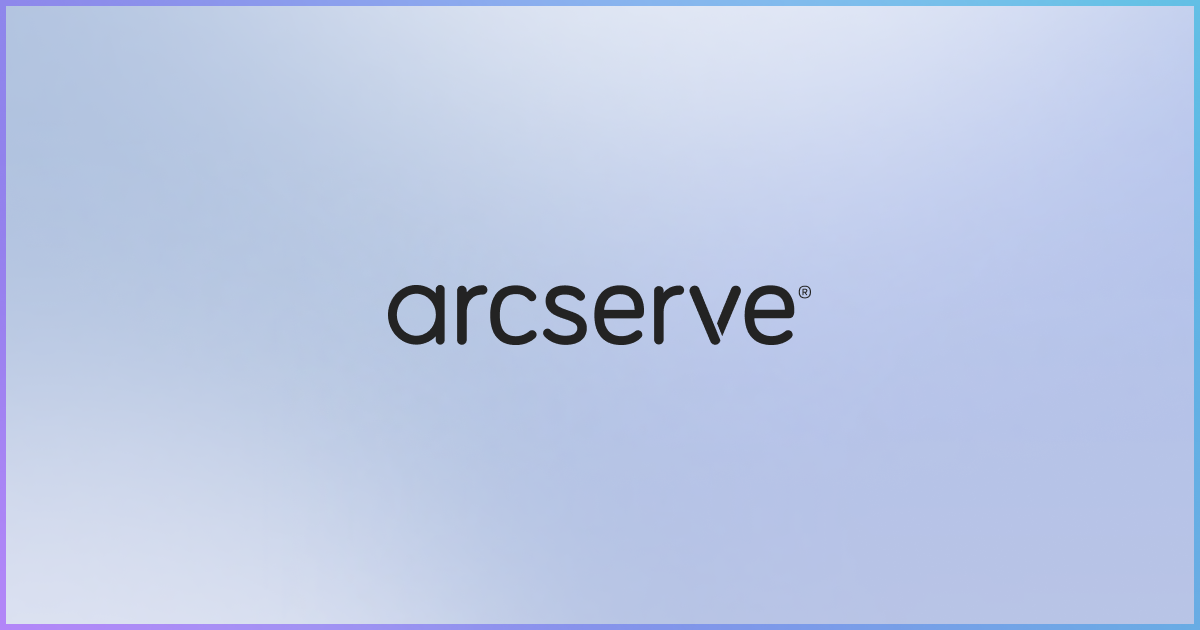Why Healthcare Organizations Should Use Cloud Backups for Patient Data

A HIPAA Journal article says that in March 2022, there were 25 data breaches reported to the Office of Civil Rights (OCR), the organization within the U.S. Department of Health & Human Services (HHS) that ensures every patient knows their healthcare privacy rights. All but one of these breaches resulted from cyberattacks, including ransomware attacks, affecting more than half a million patients. Healthcare IT News lists three ransomware attacks on its list of the 10 biggest healthcare data breaches of 2021, affecting more than 3.7 million people.
These ransomware attacks and breaches can be devastating, especially when ensuring compliance with the HIPAA Privacy Rule requires restricting access to health data to healthcare employees who need the information to do their jobs. That brings us to what your healthcare organization needs to do to protect patient data better and why cloud backups make sense.
Start By Securing Everything
While backups are crucial for data recovery following a disaster, bolstering your front-line defenses is your best bet for never needing them. The HealthIT.gov website offers these top 10 tips for cybersecurity in healthcare:
- Establish a security culture
- Protect mobile devices
- Maintain good computer habits
- Use a firewall
- Install and maintain antivirus software
- Plan for the unexpected
- Control access to protected health information
- Use strong passwords and update them regularly
- Limit network access
- Control physical access
You can dive into the details for each of these tips here. Now, let’s move on to data backups.
Follow the 3-2-1-1 Backup Rule
With everything secured as much as possible, like all organizations, healthcare entities should follow sound backup practices to ensure that patient data is protected and can be recovered if disaster strikes. That isn’t far-fetched when you consider that the headline for the Health Care Compliance Association (HCCA) 2022 Outlook says we can look forward to more dangerous ransomware in the year ahead.
That’s why every healthcare organization should follow the 3-2-1-1 backup strategy. This strategy includes local backups, typically enough to recover your IT systems if you’re hit by a server failure or other minor event. But if a sitewide disaster destroys your local backups, you could be facing expensive downtime and costly consequences. That’s why the 3-2-1-1 backup strategy also includes storing one backup copy of your data offsite. And the cloud is the best place to put that offsite copy because even if your local backups are taken down, your cloud backups are always available from anywhere.
Why Direct-to-Cloud Backups Are Better
With tight budgets butting up against the need for better data recovery capabilities, direct-to-cloud backups as a service (BaaS) give you complete data protection and ease of use without the cost and maintenance requirements of on-premises hardware. BaaS also protects physical, virtual, database, and server images against data loss while minimizing downtime.
Perfect for decentralized organizations—typical of healthcare—Arcserve Cloud Direct BaaS makes it easy for you to:
- Set up and manage all your backups with a few clicks
- Scale infinitely without requiring higher-capacity appliances or storage sub-systems
- Capture all the data on your servers with image backups
- Minimize system resource demands with advanced change detection and multithreaded transport
- Automatically transfer large data sets offsite, safely, with little or no human oversight
- Eliminate the impact of ransomware with continuous third-party vulnerability scans, SSL encryption, and other technical controls
- Go back in time to multiple recovery points to recover a server in the Arcserve Cloud as a virtual machine (VM), error-free, in minutes
- Leverage point-to-site to quickly and securely connect to the recovered environment in the Arcserve cloud
Arcserve Cloud Direct installs a lightweight agent on your local servers and replicates data in its native file format to create a complete backup of the server image. That includes your operating system, files, directories, and applications.
Data is transferred directly over the internet to the Arcserve Cloud, so there’s no need for an appliance or local staging drive. After an initial backup, only changed data is sent, minimizing bandwidth consumption. And your data is easily managed anytime, anywhere, with complete visibility via a centralized, self-service management console.
Be Prepared and Compliant
HIPAA may be the driver, but every healthcare organization has a lot at stake in terms of money, reputation, and even sustainability regarding data protection, backups, and recovery. Find out how Arcserve can help you be better prepared and complaint by choosing an expert Arcserve Technology Partner, or check out our no obligation Arcserve Cloud Direct 15-day free trial, with no credit card required.